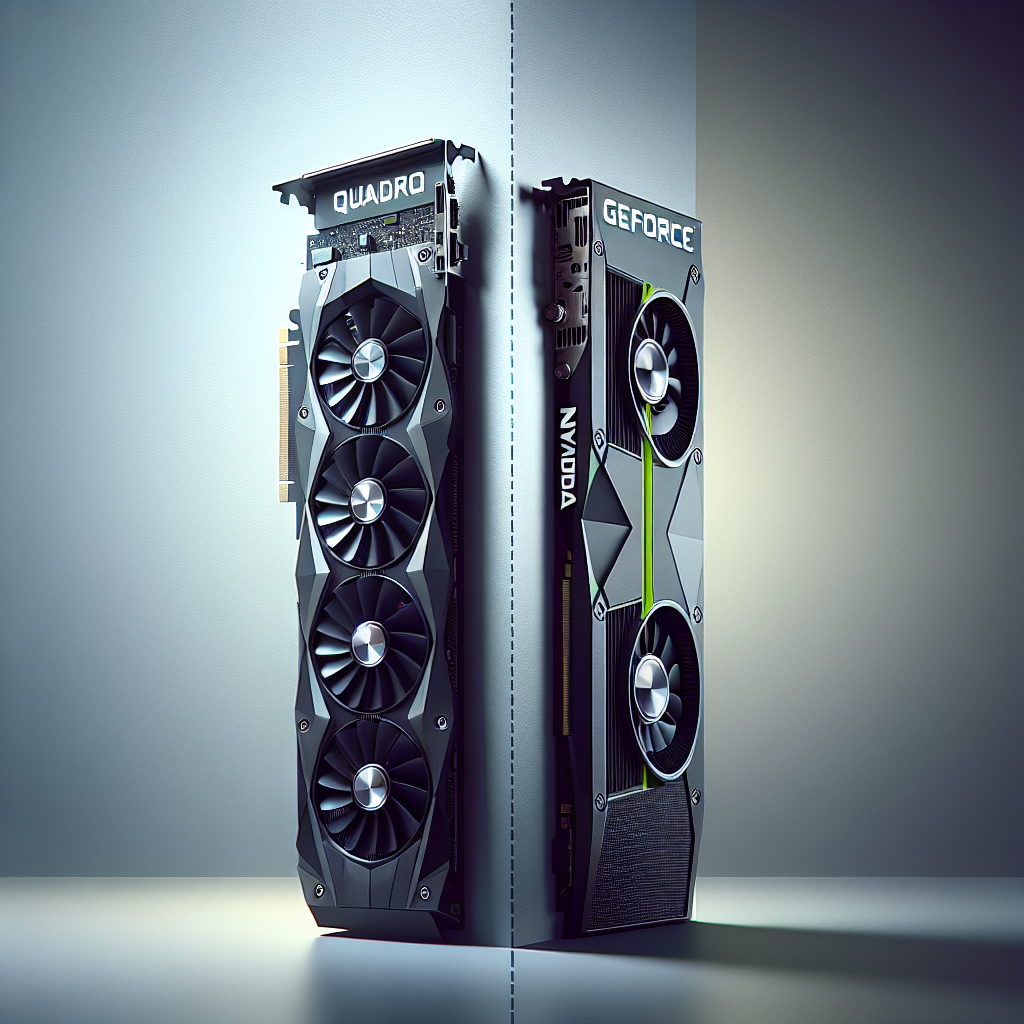When it comes to choosing a graphics card for your computer, it can be overwhelming to navigate the various options available on the market. Two popular choices are NVIDIA Quadro and GeForce graphics cards, each designed for different purposes and cater to different user needs. Understanding the differences between the two can help you make an informed decision on which one is best for your specific use case.
NVIDIA Quadro graphics cards are designed for professional use, specifically for tasks such as 3D rendering, CAD/CAM applications, scientific simulations, and other graphics-intensive workloads. These cards are optimized for stability, reliability, and precision, making them a popular choice among professionals in industries such as architecture, engineering, and animation. Quadro cards are equipped with specialized drivers and features that enhance performance for professional applications, ensuring accurate and consistent results.
On the other hand, NVIDIA GeForce graphics cards are designed for gaming and consumer use. These cards are optimized for high-performance gaming, video editing, and other multimedia applications. GeForce cards are known for their powerful graphics processing capabilities, making them a popular choice among gamers and enthusiasts who demand top-notch performance and visual quality in their games and media content.
One of the key differences between Quadro and GeForce cards lies in their architecture and features. Quadro cards are built with ECC memory, which helps prevent data corruption and errors in professional workloads. They also come with larger frame buffers and support for advanced features such as VRAM caching and hardware-accelerated ray tracing. In contrast, GeForce cards are designed for speed and efficiency, with features such as NVIDIA G-SYNC technology for smoother gaming performance and NVIDIA Ansel for capturing in-game screenshots in high resolution.
Another important difference between Quadro and GeForce cards is their pricing. Quadro cards are typically more expensive than GeForce cards due to their specialized features and professional-grade performance. For users who require the reliability and precision of Quadro cards for professional workloads, the higher price may be justified. However, for gamers and consumers looking for high-performance graphics at a more affordable price point, GeForce cards may be the better option.
In conclusion, understanding the differences between NVIDIA Quadro and GeForce graphics cards can help you make an informed decision when choosing a graphics card for your specific needs. Whether you are a professional working in a graphics-intensive industry or a gamer looking for top-notch performance, there is a NVIDIA graphics card that is tailored to your requirements. By considering factors such as architecture, features, and pricing, you can find the right card that meets your needs and enhances your computing experience.


Leave a Reply